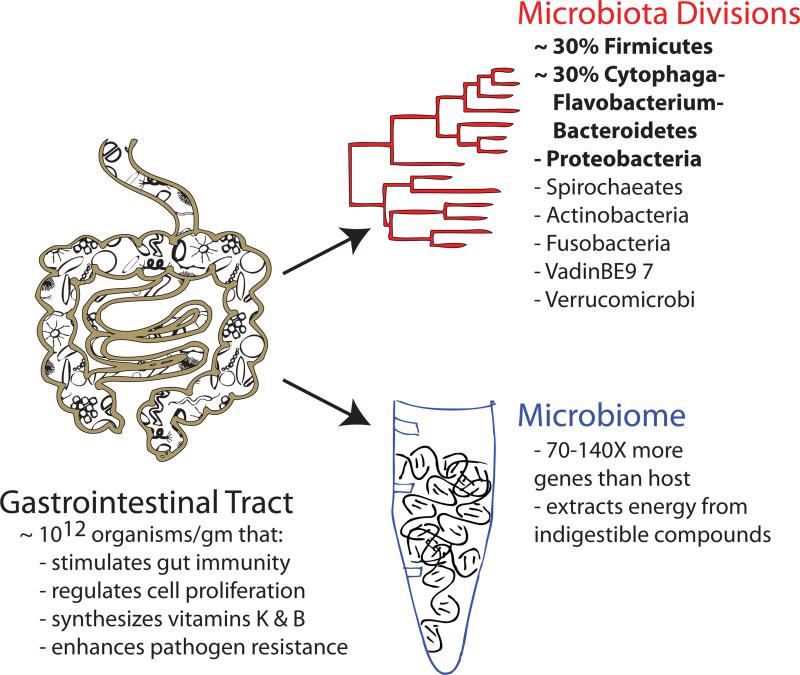Figure 1. Functions of the host microbiota.
Within the gastrointestinal (GI) tract is a community of commensal organisms, the microbiota, with an estimated density as high as 1012 organisms per gram of content [1]. Out of a total of 55 bacterial divisions identified thus far, only 8 have been identified within the human GI tract (dominant divisions are in bold) [2]. The genes encoded by this massive community are collectively termed the microbiome, which encodes an estimated 70–140 times more genes than encoded by its the human host [3,4]. Together, the organisms that reside in the GI tract and the genes they encode are necessary for the completion of essential tasks for the host, including stimulating gut immunity, regulating cell proliferation, vitamin synthesis, and mediating resistance to pathogen invasion and colonization.

